Infrared light is a form of electromagnetic waves. In its visible form, infrared can be seen as red or violet. Visible infrared waves are very short, measuring about 750 nm in length; longer infrared waves which are closest to microwaves are about 1mm in length.
Infrared Waves
While most infrared wave lengths give off heat, you are probably aware of one of the most popular uses of infrared wave lengths- the TV remote control. Your remote control works via short infrared wave lengths.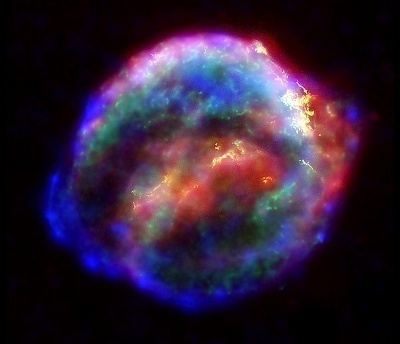 Your TV remote is able to produce visible light waves, usually red that can be seen and distinguished by sensors in your TV set. Because infrared waves at the visible level are safe and easily seen and separated from other light waves, remote controls are very effective in controlling items.
Your TV remote is able to produce visible light waves, usually red that can be seen and distinguished by sensors in your TV set. Because infrared waves at the visible level are safe and easily seen and separated from other light waves, remote controls are very effective in controlling items.
Near Infrared
This is the infrared light that is closest to the visible light spectrum. However, since it is a wave, you can’t actually see it. Infrared waves carry no heat whatsoever. Your body cannot even feel them. One of the simplest applications of near infrared is the remote control for your television. It this wavelength because it doesn’t interfere with other wavelengths.
Far infrared
This is the infrared light that is farthest from the visible light spectrum and therefore closest to the microwave light spectrum. This wave is about the size of the head of a needle point. In other words, they are larger than the near infrared, but still very small.
Far infrared waves are thermal which means that we can feel them. Whenever we feel heat on our skin, what we are feeling are the infrared waves hitting it. For example, when the skin is exposed to sun rays, we get sunburns because of the ultraviolet waves, but we feel the warmth and the heat because of the infrared waves that are bombarding our skin at the same time.
What is Infrared Radiation?
Infrared radiation can be measured and seen with special equipment. For instance, the military has developed special instruments in the form of night goggles that can easily see objects in the dark. Wearing these goggles, you can see humans, vehicles and weapons. Infrared technology is used in military systems, NASA and weather satellites.
Communication
Infrared radiation is commonly used in communication. For example, remote controls depend on infrared laser pointers to communicate with televisions and other devices. Likewise, some cell phones can connect to a computer via an infrared signal in order to transfer files. Infrared communication devices produce infrared radiation and then focus it into a beam of invisible heat using a plastic lens. The beam is then repeatedly turned on and off thousands of times per second in a precise pattern in order to encode a message. A silicon photo-diode, which is the same material used in solar panels, receives the beam and converts the heat into electricity, which electronic devices read as a digital signal.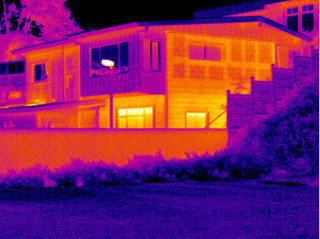
Surveillance
Some forms of infrared surveillance include thermal scopes, goggles, and tracking systems. Because humans, vehicles, and machinery generate and retain heat, the military can use infrared surveillance systems to see enemy troops, vehicles, and fortifications. In fact, some missiles are referred to as “heat-seeking missiles” because they can lock onto a target because of the infrared radiation produced by the target.
Meteorology
Infrared radiation is widely used in meteorology. Meteorologists use satellite systems, telescopes, and other devices to analyze and track thermal activities.

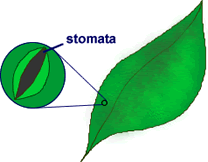
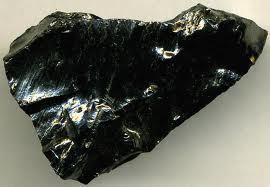
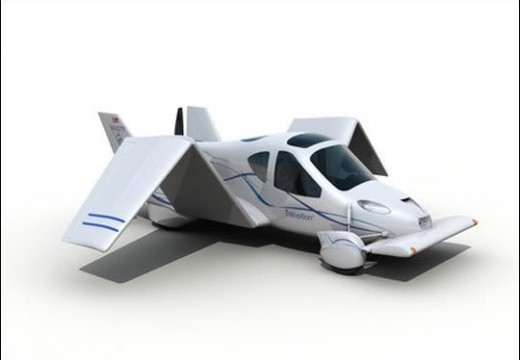
Follow Us!